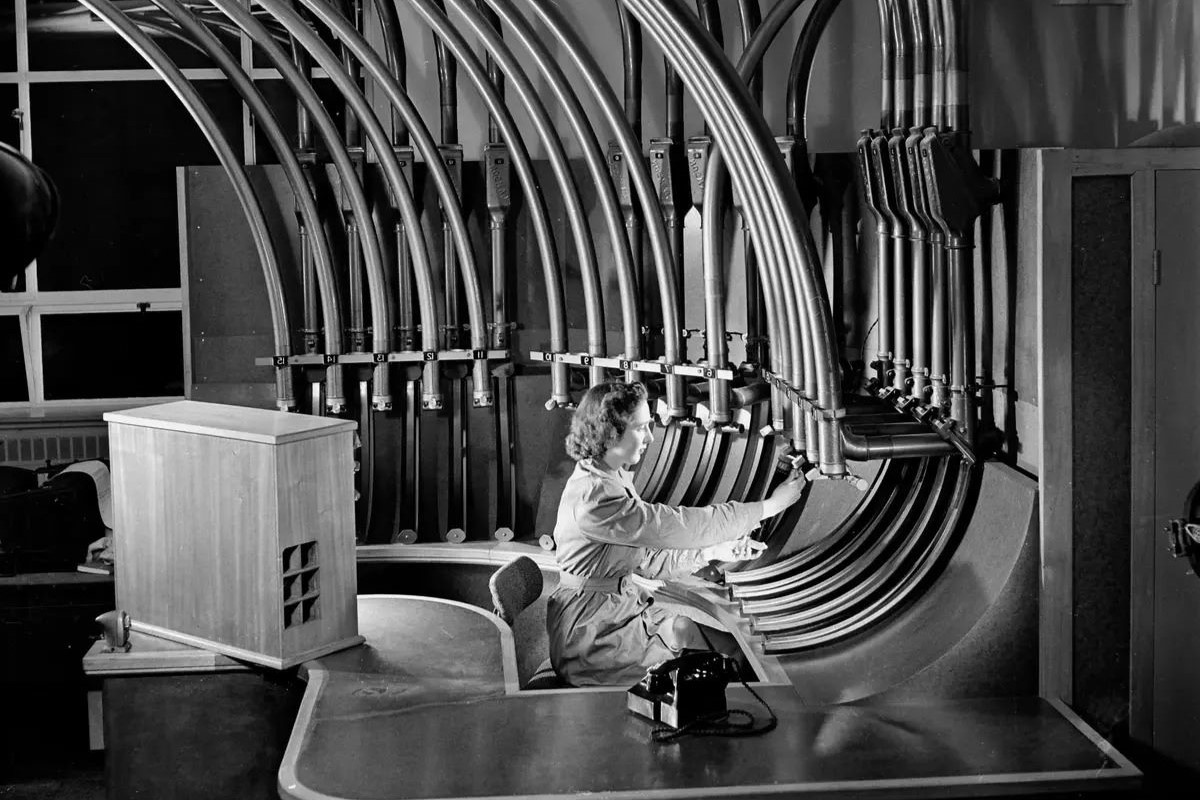Hidden Pneumatic Tube Networks Of Chicago

Have you ever wondered about the hidden pneumatic tube networks of Chicago? These underground systems, once used to transport mail and small packages, are a fascinating part of the city's history. Imagine sending a letter across town in just a few minutes without using a car or a bike. While most people think of Chicago's famous skyline or deep-dish pizza, few know about these secret tunnels. They played a crucial role in keeping communication swift and efficient before modern technology took over. Let's take a closer look at how these tubes worked and why they were so important.
The Fascinating History of Chicago's Pneumatic Tube Networks
Chicago's pneumatic tube networks were once the lifeblood of communication and transportation. These hidden tunnels, stretching beneath the bustling streets, carried messages, money, and even small packages at lightning speed. Let's dive into some of the most intriguing spots where these networks still exist or once thrived.
1. The Old Chicago Post Office
The Old Chicago Post Office, an architectural marvel, once housed a vast network of pneumatic tubes. These tubes connected various departments, ensuring swift delivery of mail across the city. Today, remnants of these tubes can still be found, offering a glimpse into the past.
2. The Merchandise Mart
The Merchandise Mart, a massive commercial building, also had its own pneumatic tube system. This network facilitated quick communication between different floors and departments, making it a hub of efficiency. Though no longer in use, the tubes remain a testament to the building's innovative past.
3. The Chicago Board of Trade Building
The Chicago Board of Trade Building, a symbol of the city's financial prowess, once relied on pneumatic tubes to send important documents and messages. These tubes ensured that traders could make swift decisions, keeping the market moving at a rapid pace.
4. The Field Museum
The Field Museum, known for its extensive natural history collections, also had a pneumatic tube system. This network helped staff communicate quickly and efficiently, ensuring that exhibits were always in top shape. While the tubes are no longer operational, they remain a fascinating part of the museum's history.
5. The Art Institute of Chicago
The Art Institute of Chicago, a cultural landmark, utilized pneumatic tubes to transport documents and small items between departments. This system allowed for seamless communication, helping the institute maintain its reputation for excellence.
6. The Chicago Tribune Tower
The Chicago Tribune Tower, home to one of the city's most famous newspapers, once had a pneumatic tube network that connected the newsroom with various departments. This system enabled journalists to send stories and updates quickly, ensuring that the latest news reached readers without delay.
7. The Rookery Building
The Rookery Building, an iconic piece of Chicago's architectural heritage, also featured a pneumatic tube system. This network allowed tenants to communicate efficiently, making it a sought-after location for businesses.
8. The Palmer House Hotel
The Palmer House Hotel, a historic luxury hotel, had a pneumatic tube system that connected various parts of the building. This network ensured that guests received prompt service, enhancing their overall experience.
9. The Civic Opera House
The Civic Opera House, a grand venue for performances, utilized pneumatic tubes to coordinate backstage operations. This system helped ensure that shows ran smoothly, providing audiences with unforgettable experiences.
10. The Chicago Public Library
The Chicago Public Library, a cornerstone of the city's educational landscape, once had a pneumatic tube network that facilitated the quick transfer of books and documents. This system helped librarians manage the vast collection efficiently, making it easier for patrons to find what they needed.
The Legacy of Chicago's Pneumatic Tubes
Chicago's pneumatic tube networks were once a marvel of innovation. These tubes, hidden beneath the bustling streets, played a crucial role in the city's communication and transportation. They connected banks, post offices, and businesses, making the transfer of documents and small packages swift and efficient.
Though no longer in use, the remnants of these networks remind us of a time when technology was rapidly evolving. They highlight the ingenuity and ambition of past generations. Exploring these forgotten systems offers a glimpse into the city's rich history and the relentless pursuit of progress.
Next time you walk through Chicago, think about the hidden tubes beneath your feet. They are a testament to the city's innovative spirit and a fascinating chapter in its story. The legacy of these networks continues to inspire and captivate those who uncover their secrets.

